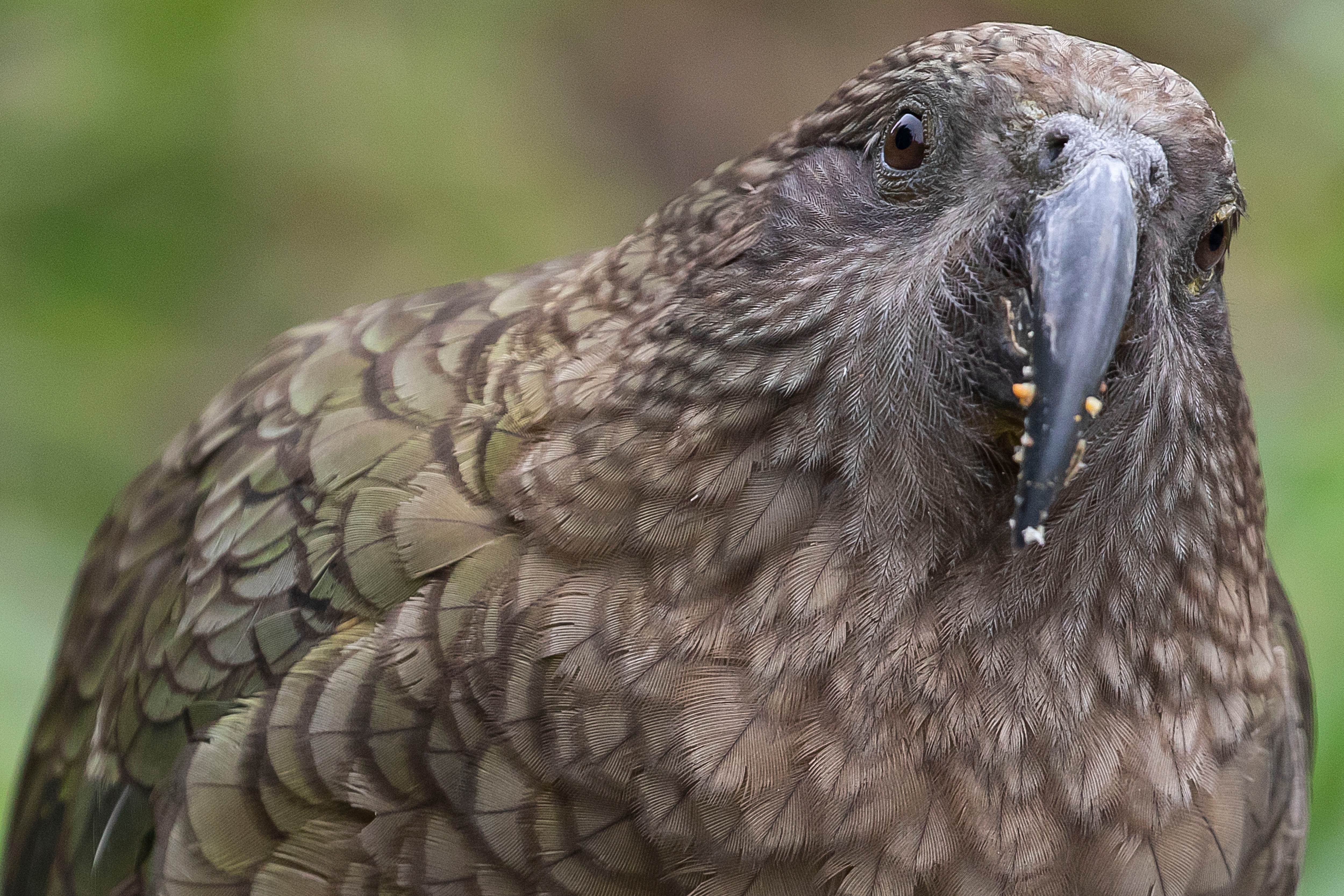Create a free profile to get unlimited access to exclusive videos, sweepstakes, and more!
Don't bawk at this study that finds New Zealand birds doing statistics

New Zealanders have been annoyed by the local kea population dating at least as far back as the island nation’s early settlers, who had to contend with the crow-sized, olive-brown parrots swooping down with knifelike beaks and digging into the fatty backs of their sheep. There’s mutton good about that, and the birds have maintained a reputation for annoying the local population by many means since, like slicing through backpacks in search of food, or snipping windshield wipers off cars. But now, improbably, some keas are doing their part to right their long trodden rep, by making informed decisions mixing statistical, physical, and social information — kinda like humans.
In a new study published in Nature Communications claiming to provide “conclusive evidence,” some keen Kiwi scientists led by University of Auckland doctoral candidate in comparative psychology Amalia Bastos have demonstrated cognitive ability in non-ape animals, which just might give us some further intel into how intelligence evolved.
The team worked with six captive keas (fiiiivvvvveeeee golden rings) living at a wildlife reserve near Christchurch, and taught the birds to associate black tokens with the motivating allure of tasty treats and orange tokens with nothing at all — aka, no treats for you!
The scientists then presented the birds with two clear jars with varying mixes of black and orange tokens. When they removed a token from the jar, keeping it in a closed hand out of the bird’s sight, the keas were more likely to pick the hand dipped into the jar that had more black tokens, even when the ratio of black to orange tokens was as close as 63 to 57.
But that was just the beginning of keas showing “true statistical inference.” Experimenters also used a two-jar test, each with an equal number of black and orange tokens, but with a barrier separating them — one jar with more orange tokens on top, one with more black tokens on top. When presented with a choice between a token picked from the blacks on top vs. the oranges on top, most of the keas followed their belly again and chose the former. Researchers believe this means they based their pick on physical information.
Finally, these overworked kea geniuses learned to favor the black-token biased researcher, who was more likely to dole out the food-rewarding tokens, even when there were more orange tokens in a jar. According to Science, only humans and chimpanzees were previously thought capable of making predictions based on this type of social information.
Despite the fact that humans and birds haven’t shared a common ancestor in over 300 million years and have quite different brain anatomies, the researchers suggest that these keas exhibit “domain general intelligence” while integrating various types of information, similarly to humans.
Of course, we’re not talking about a huge sample size here, and the study’s conclusiveness would be hard to argue. But if birds do display domain general intelligence, then the odds of survival are most definitely in their favor.


























